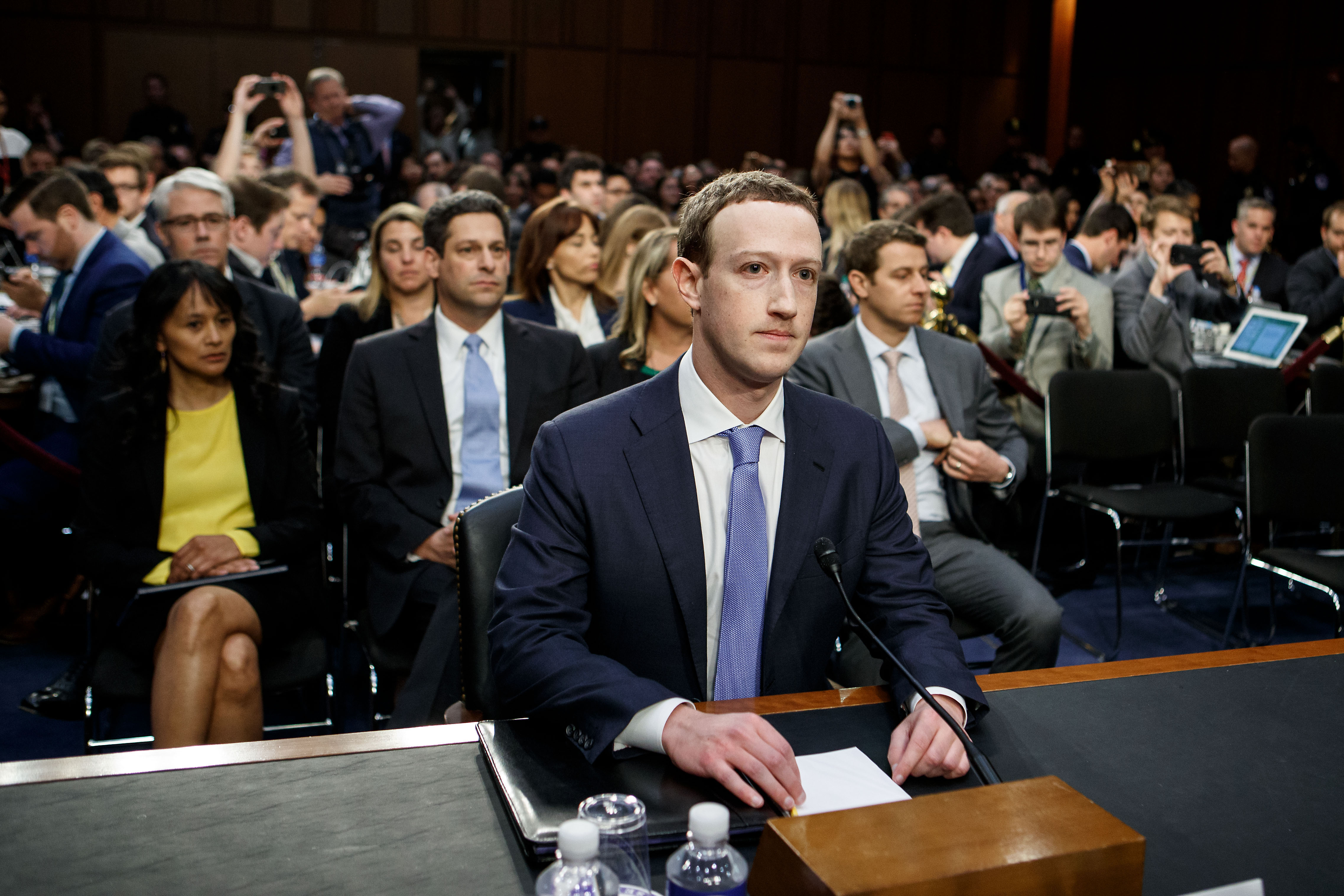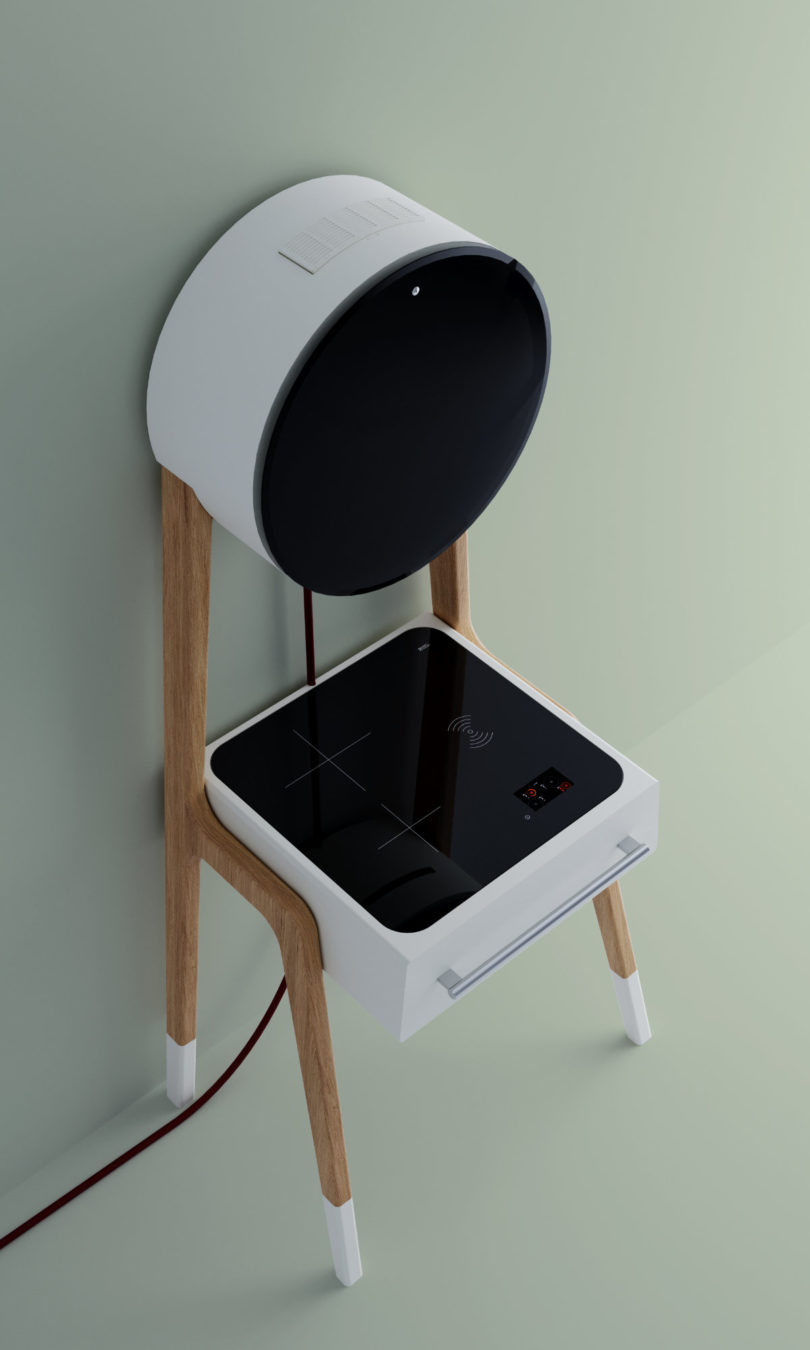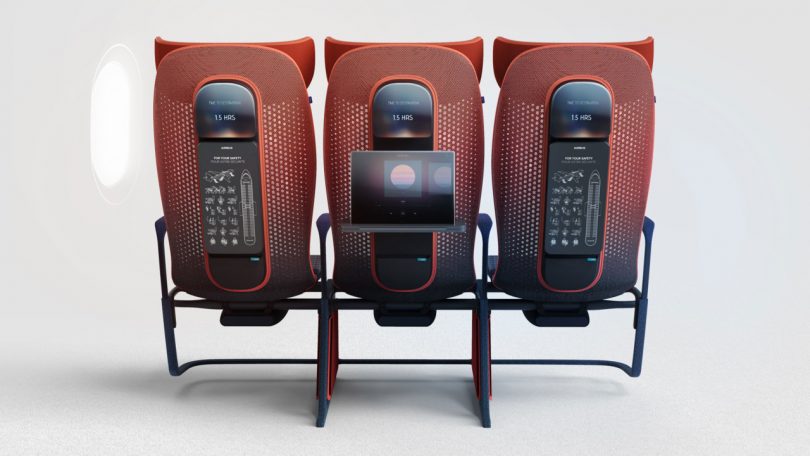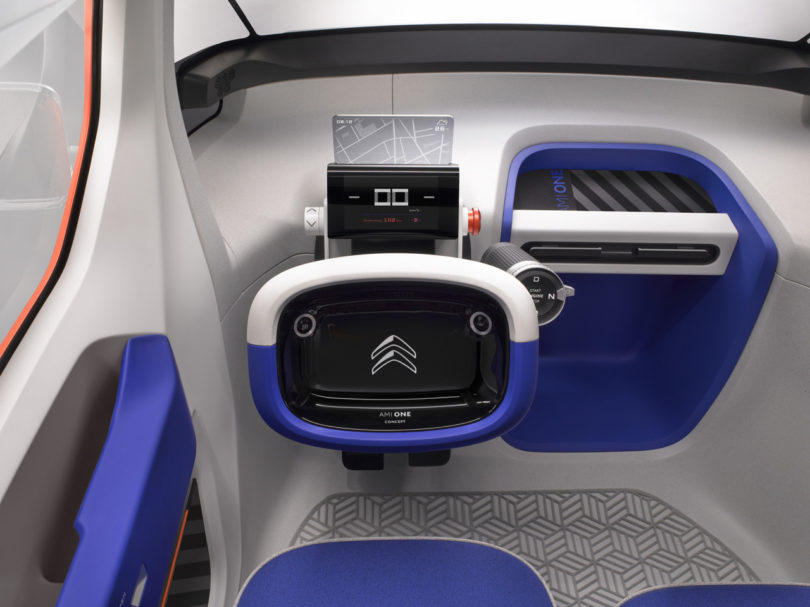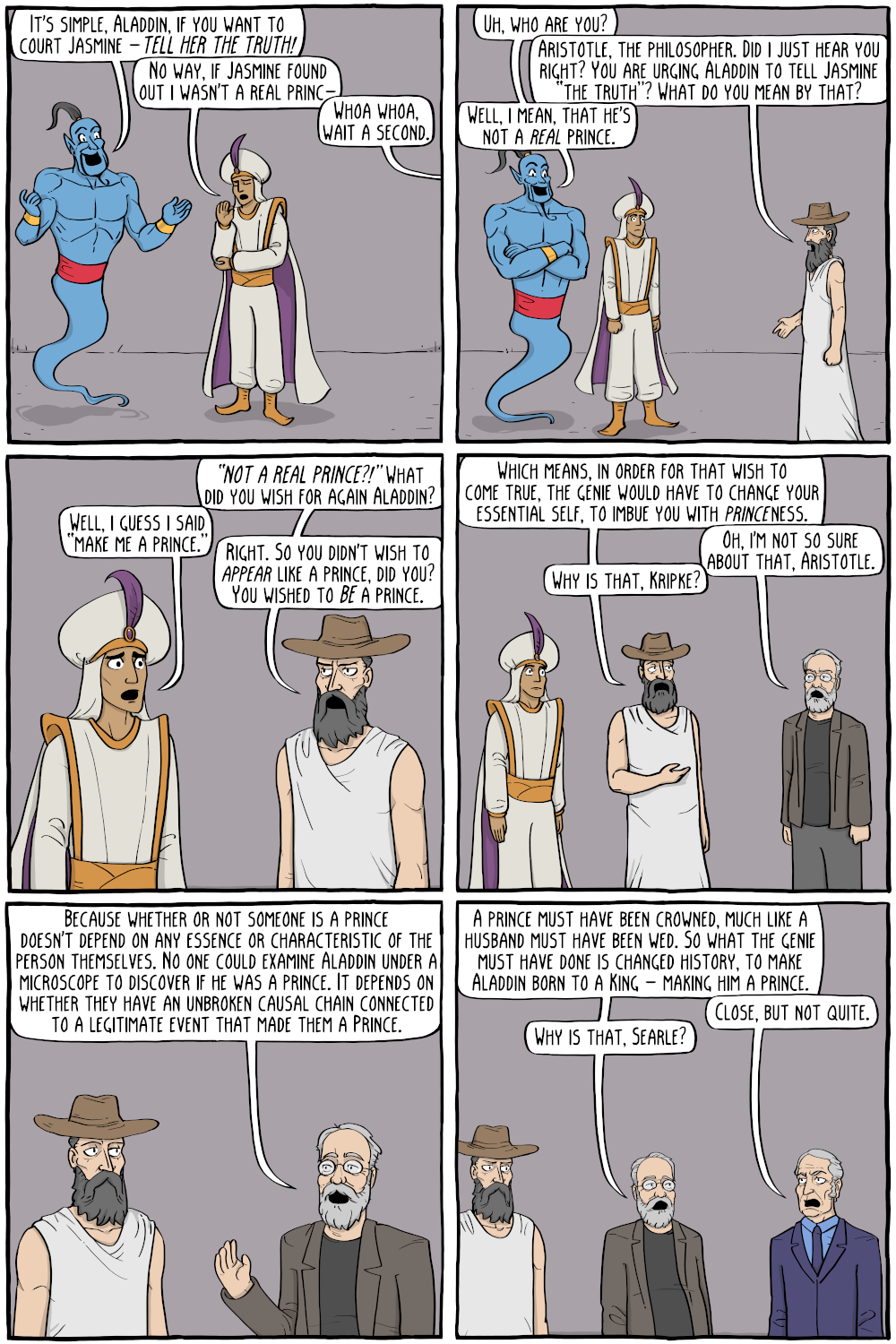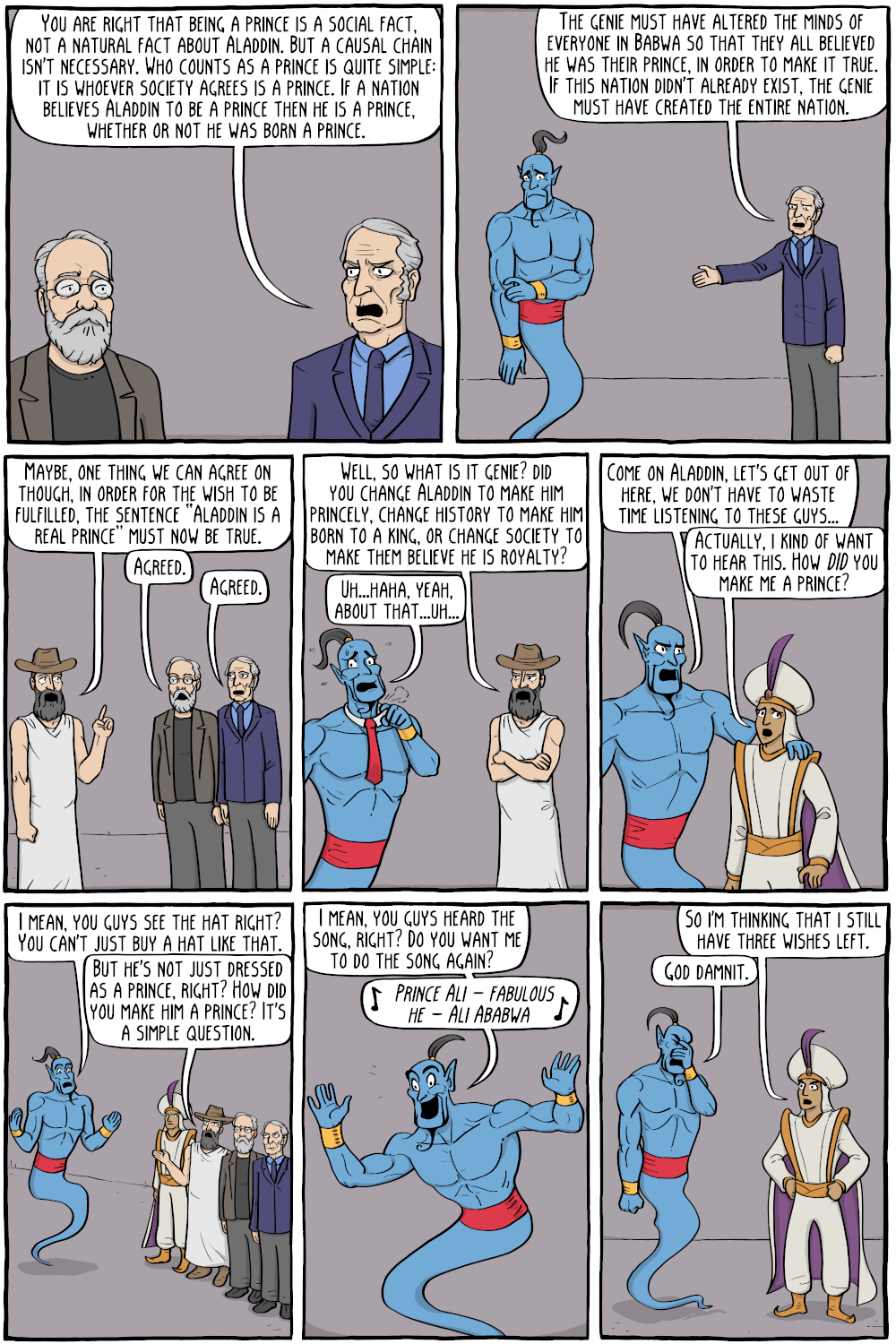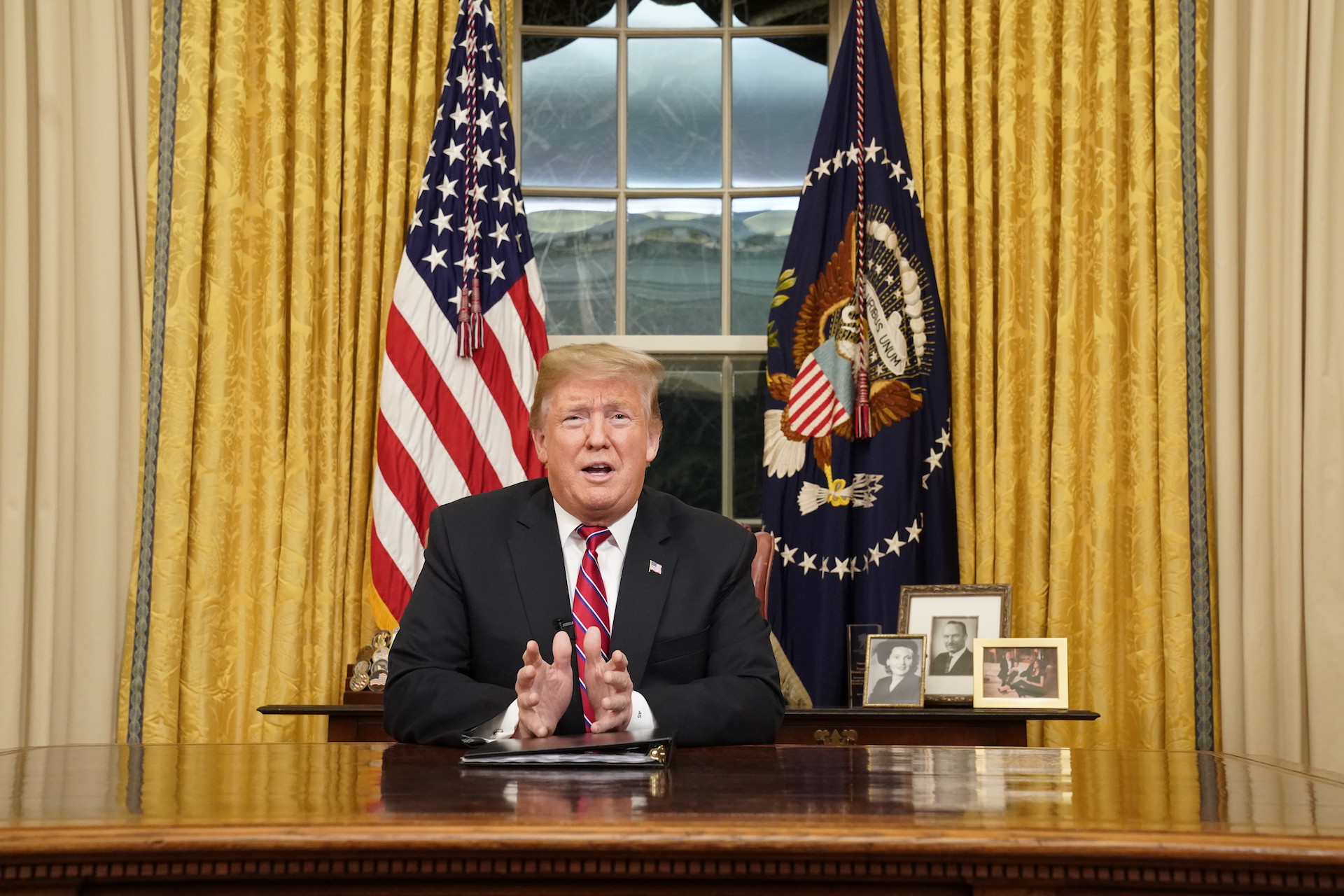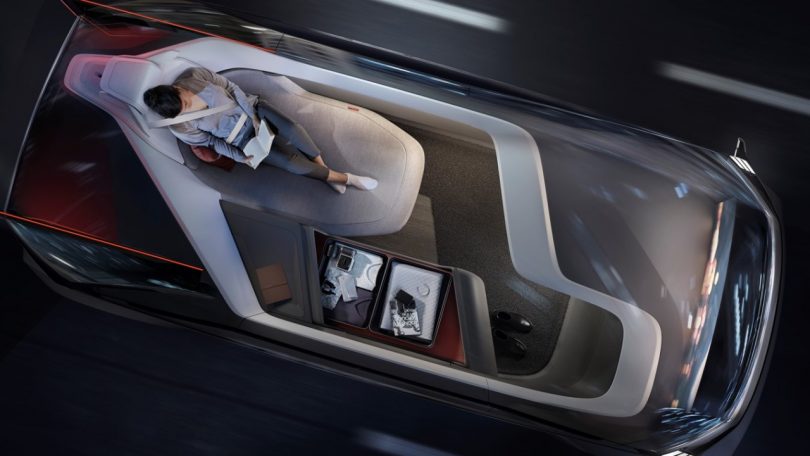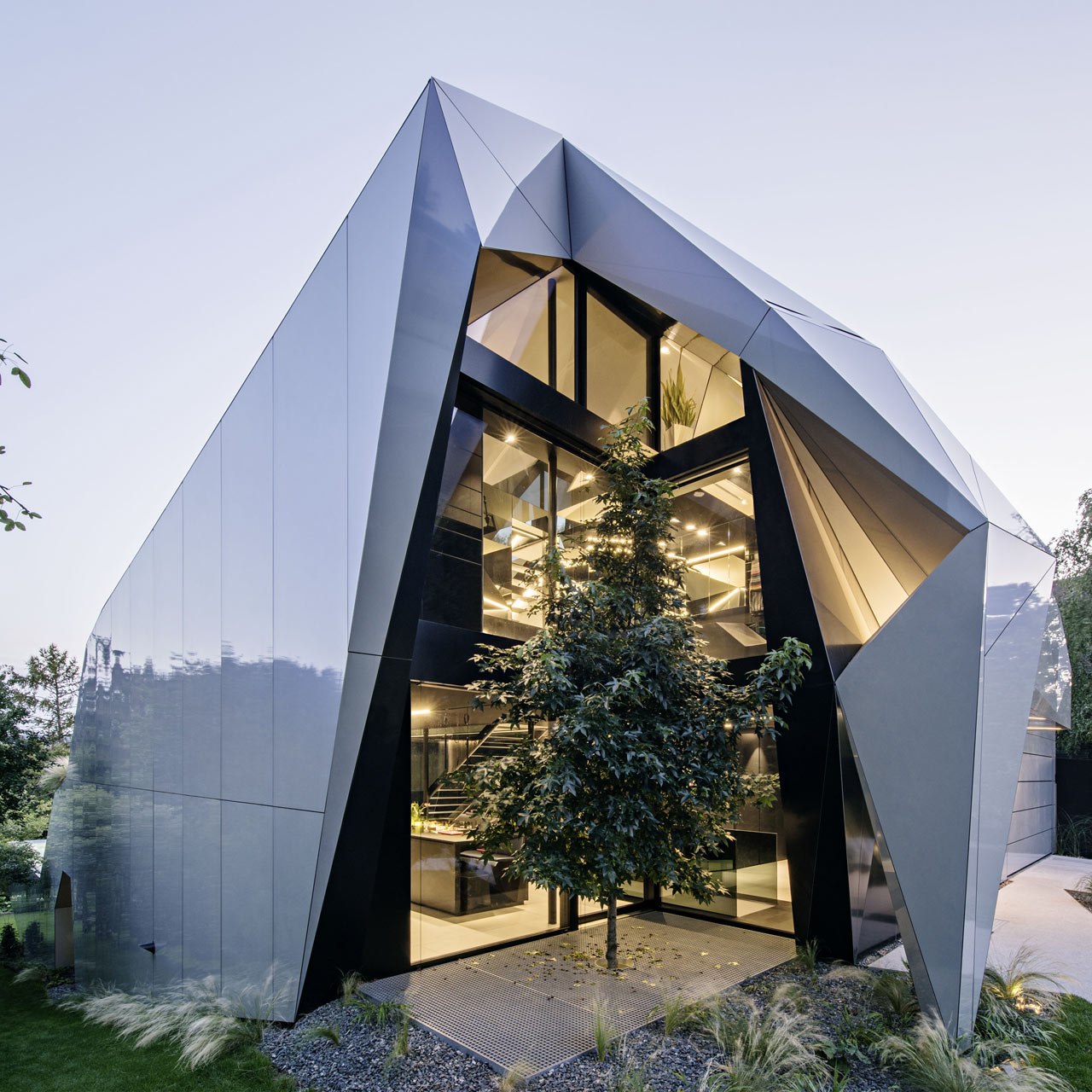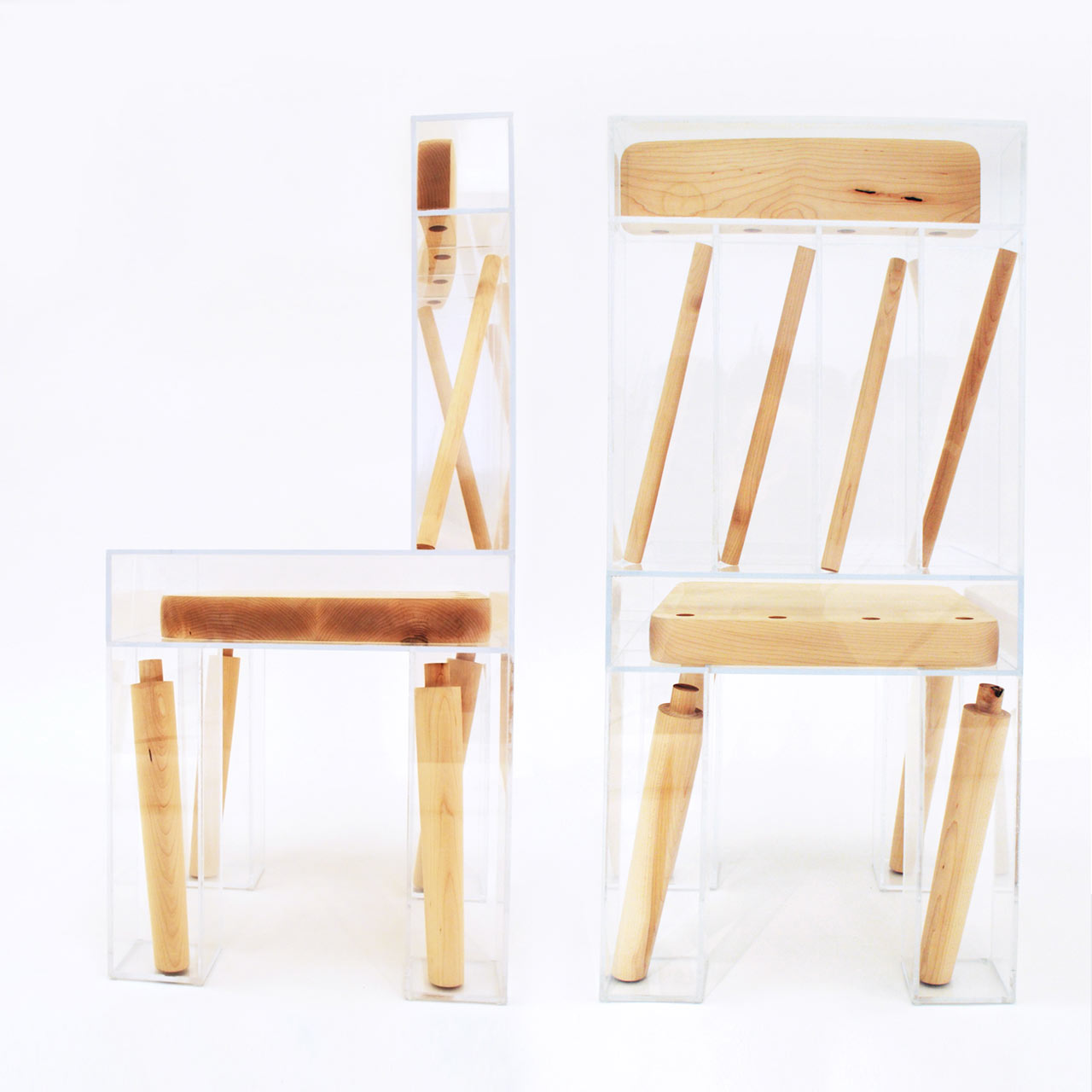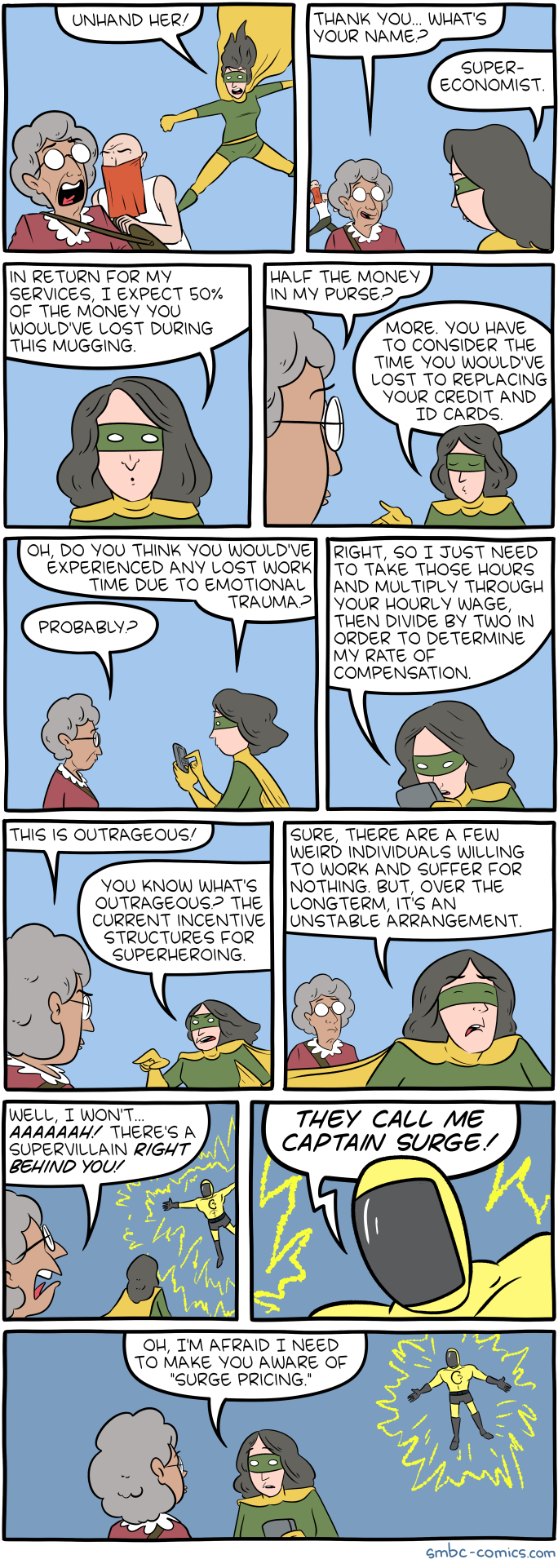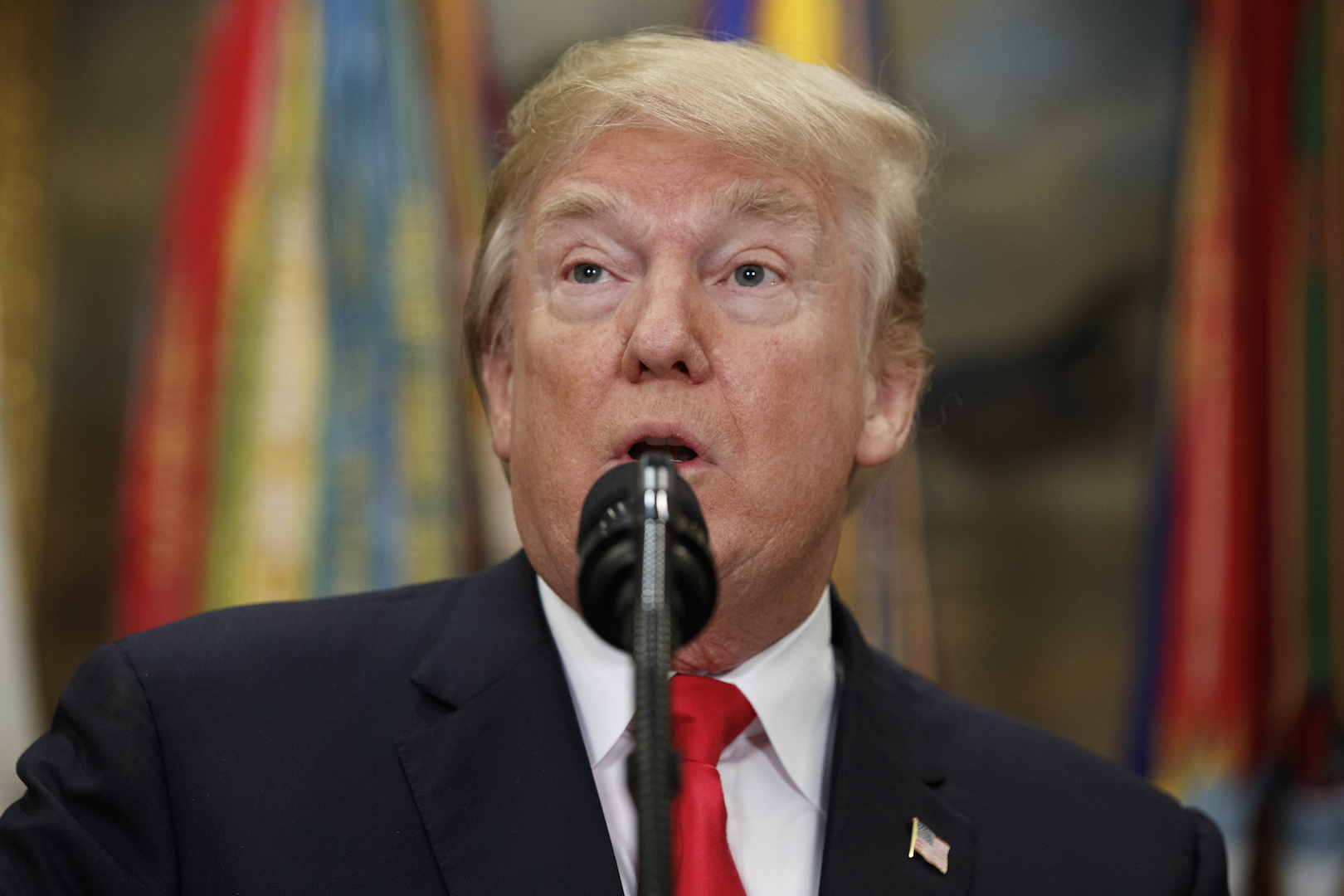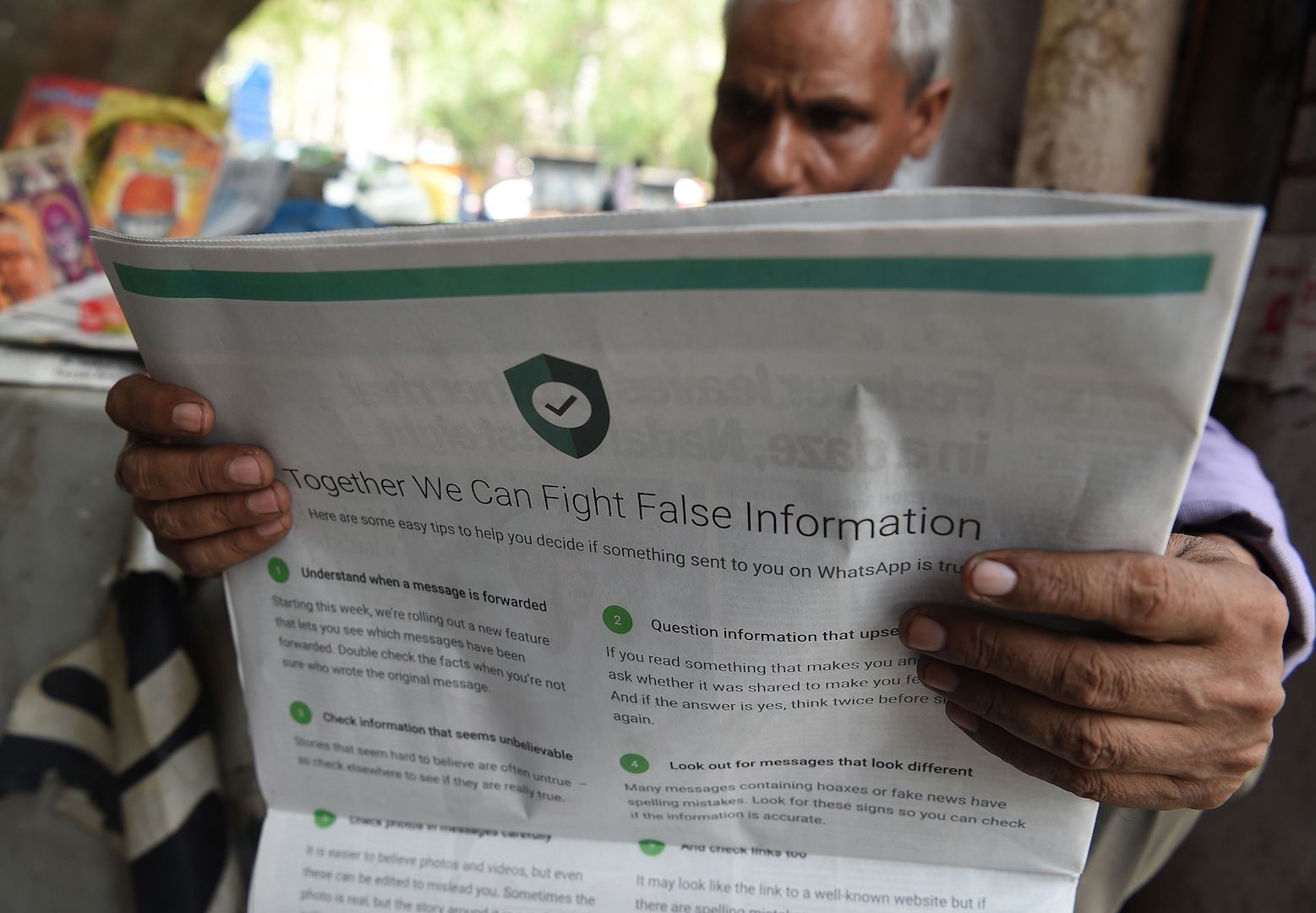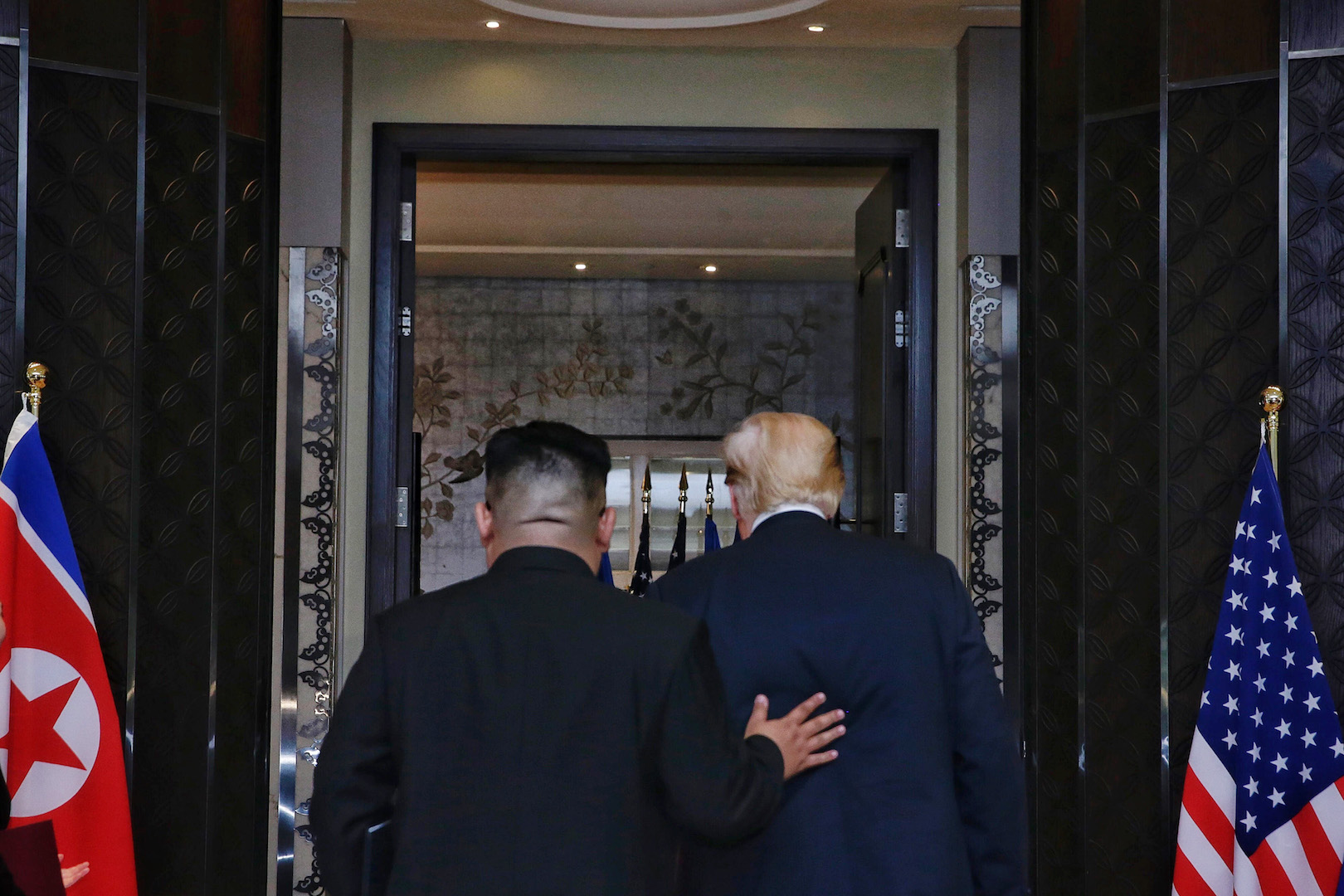In a boardroom at the Department of National Defence and the Canadian Armed Forces headquarters in Ottawa, Christian Lizotte was ready to toss some balls.
He held a tray of black, red, and orange balls in one hand; on the table beside him rested a pair of black goggles similar to ski goggles. But this isn’t actually a game, and these goggles, when combined with certain activities, are meant to simulate the effects of being stoned on cannabis without actually consuming it.
Lizotte, a health promotion specialist at the armed forces, turns to his colleague, Laura O’Dell, and instructs her to catch only the black ones without the goggles or, so to speak, sober. “Clear?” he asked. “All right, let’s do this.”
O’Dell does well, successfully avoiding the red and orange balls coming at her, catching the black ones and placing them in a basket.
Then she placed the goggles over her head and smiled.
While they’re not allowed to be stoned on the job, supervisors with Canada’s military will soon be using these special goggles, officially called the Fatal Vision marijuana simulation goggles, an educational tool to mimic what it’s like to be high.
Sign up for the VICE News Canada Newsletter to get the best of our content delivered to your inbox daily.
The Canadian Armed Forces has spent $35,000 on 26 “fatal vision marijuana simulation experience” kits that include the goggles and other items that will be rolled out by the force to health promotion offices across the country, where supervisors and other members will be able to try them out.
According to U.S.-based Innocorp, the company that makes them the goggles, they “model recreational marijuana’s true effects — they diminish your capacity to make quick, accurate decisions, and that causes you to miss important external cues that could lead to a crash.”
Though the kits have been used by law enforcement agencies and substance use counselors across Canada and the U.S., some cannabis experts and scientists are skeptical of them, arguing they likely don’t provide a full picture of impairment, and say the money could have been put to better use. And at a crucial turning point in the way we understand cannabis, awareness campaigns, and tools to measure and simulate impairment ought to be scrutinized.
The Canadian military’s efforts come as it prepares to implement its new cannabis policy for members regarding the use of recreational cannabis by the time the legal market opens up on October 17th. While the force won’t ban the drug entirely, its approach on recreational cannabis is markedly more restrictive than alcohol. Armed forces members are forbidden from consuming cannabis eight hours before any duty, and 24 hours before handling any weapons or motor vehicles. Cannabis use is banned 28 days before activities such as parachuting
**
With the marijuana goggles on, O’Dell correctly avoided the orange balls coming her way, but caught both the black and red ones. She was supposed to avoid the red ones, but the goggles have compromised her ability to differentiate between the colours.
“Oh man!” O’Dell said after removing the goggles and realizing her mistakes.
“Now we can see that you have different colour perceptions,” Lizotte explained.
“Misinformation perception as well. So it’s going to be the same effect when you’re driving … under the effects of recreational cannabis, it might happen that you might miss some visual cues, just like you did in this activity.”
According to the manufacturer’s website, “When you are under the influence of marijuana, you do not, in fact, lose your ability to perceive color. However, the goggles model recreational marijuana’s true effects — they diminish your capacity to make quick, accurate decisions, and that causes you to miss important external cues that could lead to a crash.”
For the next activity in the demonstration, Lizotte and O’Dell brought out the kit’s “dry erase maze pack with LED pens,” which, sold separately, cost $200 USD each. When the participant wears the goggles, this tracing task is meant to convey distorted perception of visual cues with compromised memory.
And lastly, the “grid mat and blinking activity lights,” $235, is meant to mimic how cannabis impairment affects decision-making capabilities and can debilitate motor skills.
Dr. Maureen Carew, a physician and section head at the Canadian Armed Forces, said in an interview that the military purchased the kits in anticipation of legalization so that personnel could get a better — and “hands-on” — understanding of the health effects of cannabis. She also oversees the military’s awareness initiatives to prevent and inform members about alcohol, gambling, and other drugs.
“We want to be able to use them in a number of different environments in order to increase the education and awareness about cannabis, knowing that it is now being legalized and there’s the potential that more people may use it,” Carew explained.
“How cannabis can affect you on a short-term basis in terms of impairment, and realize how that can actually affect your ability to respond to your work, to your life, to driving,” she continued. “Ultimately our goal is to improve the health of the population.”
**
But for Matthew Hill, a neuroscientist and professor at the University of Calgary, the initiative appears to be lacking scientific rigour, particularly when it comes to the marijuana goggles themselves.
He hasn’t used the kits himself, and has never come across them in his research. But he's suspicious of their efficacy. “I can only assume in some ways that this is gimmicky,” said Hill.
“If cannabinoids are influencing neuro-processing in motor circuits … that is an intrinsic effect on the way that the brain is processing information,” he explained. “Putting on a pair of goggles that changes your ability to perceive the environment around you doesn’t reflect that. That’s an external change versus an internal change”
Hill also pointed to how police officers across Canada are starting to use new roadside cannabis impairment tests that have been criticized as inaccurate because there’s isn’t a clear linear relationship between detectable levels of THC and intoxication.
As for the goggles, he said he doesn’t believe you can replicate the sensation and experience of cannabis intoxication with some kind of visual modification through a goggle system.
“If anything I find it misleading. it’s very misleading because it’s not representative of what cannabis intoxication would actually be like.”
Jenna Valleriani, a fellow at the British Columbia Centre on Substance Use who has authored cannabis education materials for youth, takes a slightly more sympathetic perspective of the kits, but says the money spent on them could have been allocated to a number of Canadian groups and experts who are already doing cannabis awareness work.
“We absolutely do want initiatives like this that are interactive. And this kind of embodies that idea,” Valleriani said of the simulation kits. “I haven’t tried them, but to me it would seem like it’s evidence of another initiative that kind of misses the mark.”
She also criticized the descriptions of the kits found on the company’s website that appears to focus only on the dangerous and potentially severe effects of cannabis. It points to a disconnect between the reality of what regular cannabis users likely experience and what these types of programs try to depict.
“There are ways that adults can integrate cannabis in a really healthy way into their lifestyles but this doesn’t seem to be reflected in these preventative efforts,” Valleriani said. “Talking about impairment on reaction times and motor skills, those things are important, but there’s this whole other side.”
Cover images: VICE News and U.S. Air Force











